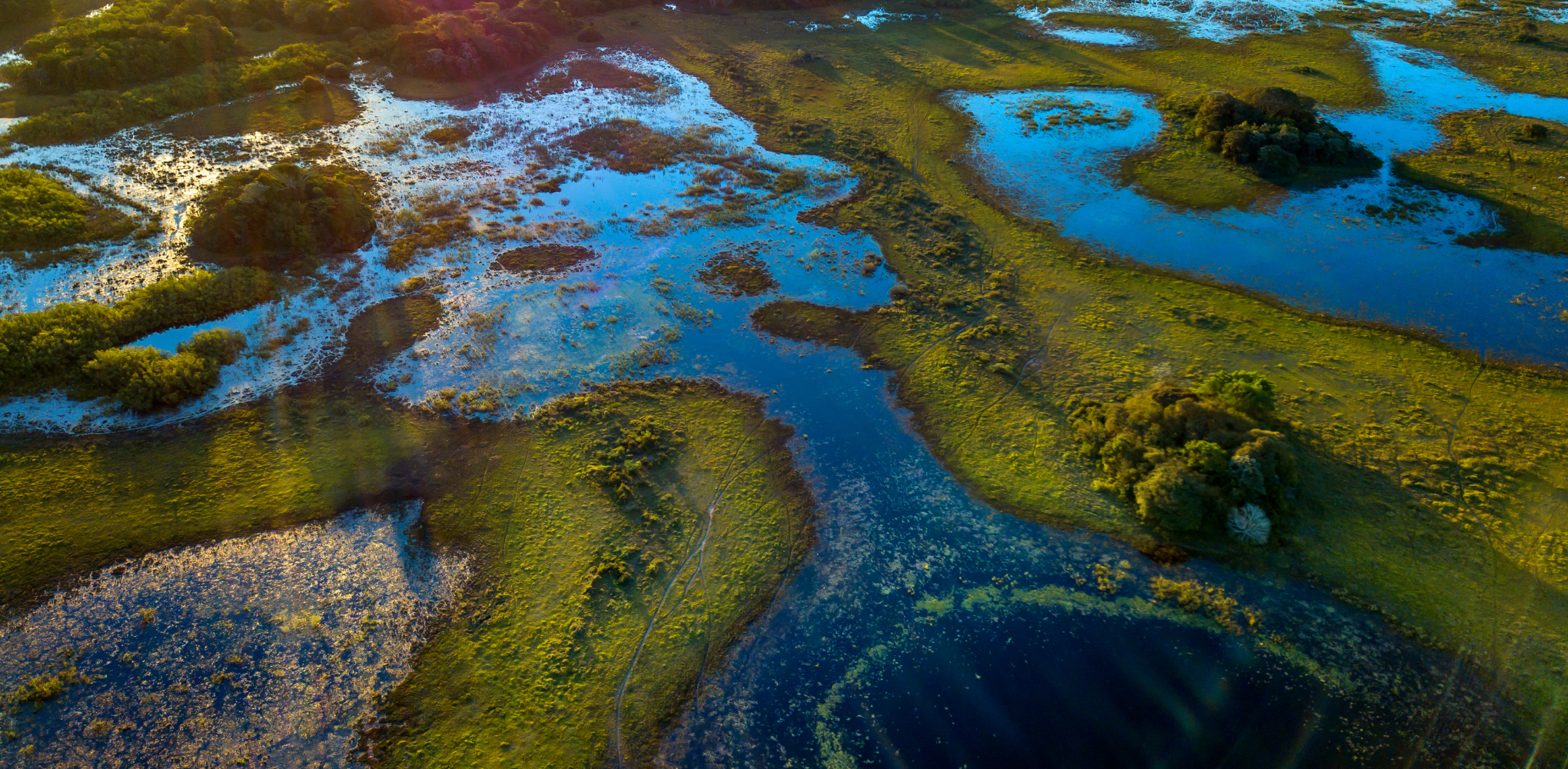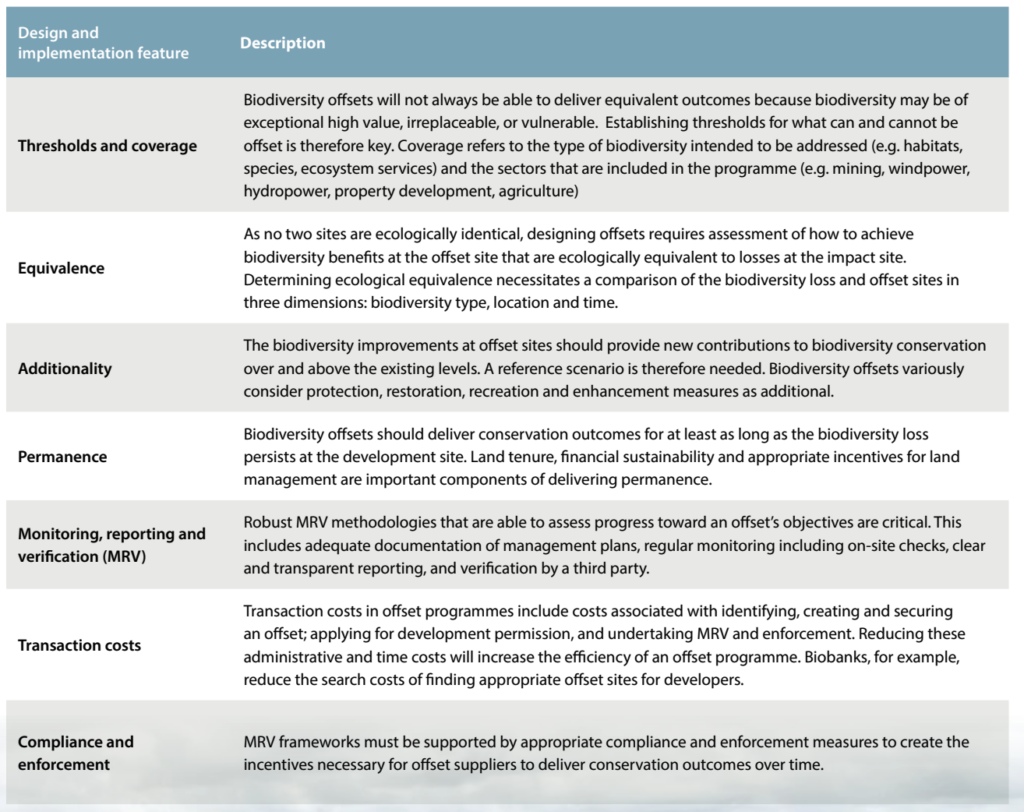
Insights
Biodiversity offsets —an important piece of the biodiversity finance puzzle
The 2021 UN Biodiversity Conference (COP15) marked the beginning of the process of developing the Post-2020 Global Biodiversity Framework. This Framework sets out an approach to guide actions worldwide to preserve and protect nature through to 2030.
However, successfully implementing this framework requires a significant increase in the amount of biodiversity finance available globally. In this article, we take a look at the current state of biodiversity finance around the world, including the burgeoning biodiversity offset market.
What is biodiversity finance?
According to the OECD, biodiversity finance is ‘expenditure that contributes—or intends to contribute—to the conservation, sustainable use and restoration of biodiversity.’ It includes both government and private sector expenditure and may be comprised of both domestic and international financial flows.
What is the current state of global biodiversity finance?
Developing a robust estimate of global biodiversity finance has historically been challenging due to a lack of data availability. However, based on 2015 – 2017 data, the OECD has recently estimated the value of total global biodiversity finance at between USD 78 – 91 billion per annum. This is comprised of:
- USD 67.8 billion per year of public domestic expenditure (i.e. funding from public sources for initiatives within the funding country).
- USD 3.9 – 9.3 billion per year of international public expenditure (i.e. international development finance and foreign direct investment).
- USD 6.6 – 13.6 billion per year in private expenditure.
Biodiversity offsets are an important source of private biodiversity finance
Biodiversity offsets were first used in the United States in the 1970s to address damage to wetlands. However, it wasn’t until the early 1990s that they became more widely used. Since then, more than 100 countries have introduced laws or policies that enable the use of biodiversity offset schemes.
According to the OECD, biodiversity offsets are the single largest source of private biodiversity finance. In 2016, they accounted for between USD 2.6 billion and USD 7.3 billion of global biodiversity finance, which was more than the respective contributions from sustainable commodities (including FSC and PEFC-certified forests) and the world’s five largest conservation NGOs.
In order to close the current biodiversity finance gap, the 2020 Financing Nature report estimates that biodiversity offsets need to increase in value to US$ 162.0–168.0 billion per year by 2030.
There are three main biodiversity offset mechanisms
Biodiversity offsets are best thought of as ‘measurable conservation outcomes that compensate for the negative impacts of development.’ In much the same way that a carbon tax is designed to ensure that polluters take the full costs of production into account, biodiversity offset schemes aim to internalise the negative externalities of development. They do so by requiring developers to purchase biodiversity credits to offset any unavoidable losses to biodiversity caused by their project. In doing so, they seek to achieve ‘no net loss’ to biodiversity.
There are three types of biodiversity offsets:
- One-off offsets, whereby the developer or a subcontractor carries out the biodiversity offset, with verification undertaken by the government or a third-party accreditor. In this instance, the developer assumes financial and legal responsibility. One-off offsets are commonly used in voluntary offset arrangements, or under regulatory requirements.
- In-lieu fees, where a government agency sets a fee the developer must pay to a third party to account for residual adverse biodiversity impacts. The third party then takes on financial and legal responsibility for the offset.
- Biobanking, where the developer purchases credits equal to the value of the residual adverse impacts, from a public or private biobank. A biobank is a repository of existing biodiversity offset credits, that have been created as a result of actions by other landholders to restore, enhance, establish and/or preserve biodiversity.
Accurate data is key to the success of biodiversity offset programs
Biodiversity offset schemes show great promise to help mitigate the adverse impacts of development projects. However, the success of biodiversity offsets depends on their ability to achieve at least a ‘no net loss’ outcome—and evidence suggests this can be difficult. For instance, biodiversity offset schemes are heavily dependent on the equivalence of biodiversity at the development site and the offset site, which is not always possible.
In 2016, the OECD established seven key design and implementation features of effective biodiversity offset programs. These features, outlined in the table below, point to the importance of obtaining accurate environmental data at each stage of the biodiversity offset process, from adverse impact evaluation right through to offset selection.

Wildlife Drones’ innovative technology makes collecting accurate environmental data simpler and faster than ever before
Obtaining accurate environmental data is an essential part of the natural capital accounting processes that underpin biodiversity offset schemes. By enabling the collection of fine-grained environmental data in real-time, Wildlife Drones’ innovative drone-based monitoring technology can assist conservationists to develop a detailed picture of an area’s environmental health at each stage of the biodiversity offset process, from estimating a project’s likely biodiversity impacts, through to evaluating the offset site’s health.
To find out more about how our world-leading radio telemetry and thermal imaging systems enable land managers to collect more data, more often and with less effort, arrange a meeting with us today.

